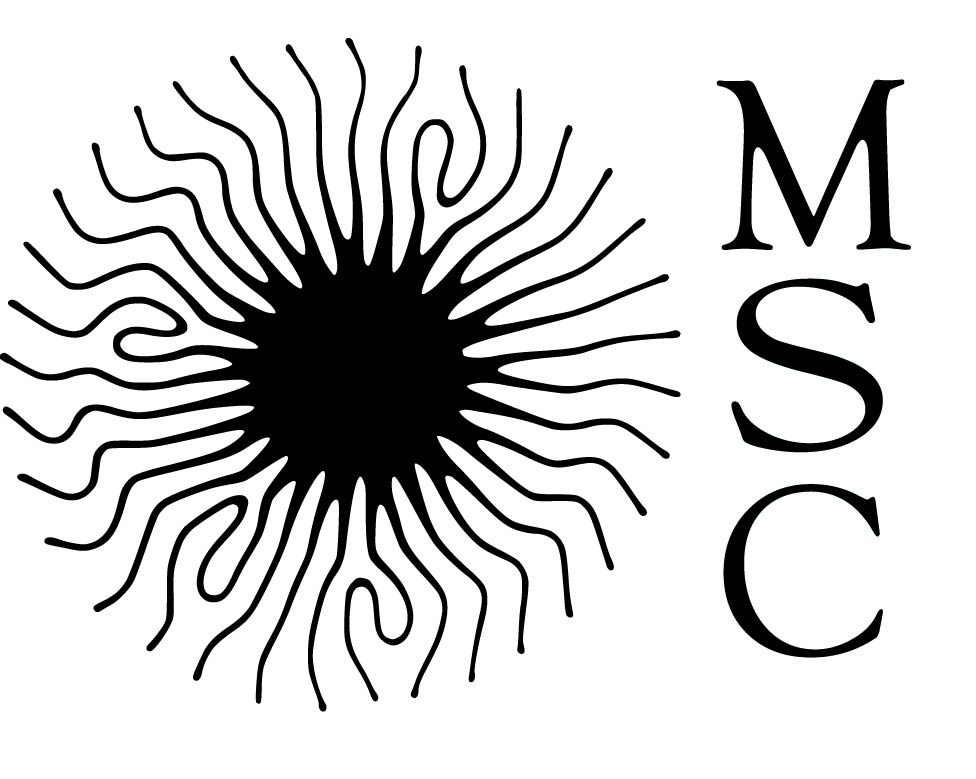Mechanics and collective behavior in tissues and cell clusters
Participants : Marc Durand, François Graner
How do the cells in our bodies assemble, organize themselves, move, deform and ultimately form living, functional biological tissues? Although under the control of genetic information, all these behaviors are in the realm of physics, forces and movements, and are the subject of rich interdisciplinary research with our biology colleagues, either in cultured systems (“in vitro”) or in living organisms (“in vivo”).
Multiscale analysis of biological tissue
A living material is made up of cells. However, “seen from a distance”, living material exhibits average behaviors, resulting in behavior laws close to those of active continuous media. To understand the dynamics of living matter, we need to study the physical mechanisms behind the arrangement of cells within a biological tissue, and their dynamics during flow, growth, development or differentiation. Multiscale analysis makes it possible to link cellular processes with the collective properties of the material as a whole. The following image illustrates the methods and results of this theme. It shows the “flow” of a cell monolayer around a circular obstacle (diameter: 200 μm). The study of this Stokes flow provides information on the constitutive rheological law of the cellular medium. The results obtained in vitro have been integrated into a research effort both in silico and in vivo. In silico, through multi-cell numerical simulations and resolution of partial differential equations, so as to link the scale of the individual cell with the scale of collective movements leading to tissue morphogenesis. In vivo, by transposing measurement and analysis methods developed in vivo, to concrete situations observed during fly morphogenesis (in particular, formation of the back, neck and male sexual organs), or in the development of the mouse or bird embryo.

Order-disorder transition in cellular media
The structural organization of a tissue is essential to its biological function. In the course of morphogenetic movements, we often observe the transition from an ordered state (hexagonal tiling, with cells having a majority of 6 neighbors) to a disordered state (large number of cells with 5 or 7 neighbors) of the tissue. This behavior is very similar to that of a two-dimensional crystal subjected to increasing temperature, suggesting that cell activity acts as an effective temperature. We have numerically characterized the order-disorder transition in a fluid cellular medium induced by interface agitation. In particular, we have demonstrated the existence of an intermediate hexatic phase that loses translational order but retains the orientational order of the ordered phase, in agreement with the Kosterlitz, Thouless, Halperin, Nelson and Young (KTHNY) scenario developed for the melting of two-dimensional solids. This hexatic intermediate order has recently (2022) been experimentally confirmed on cell monolayers by a team from Leiden.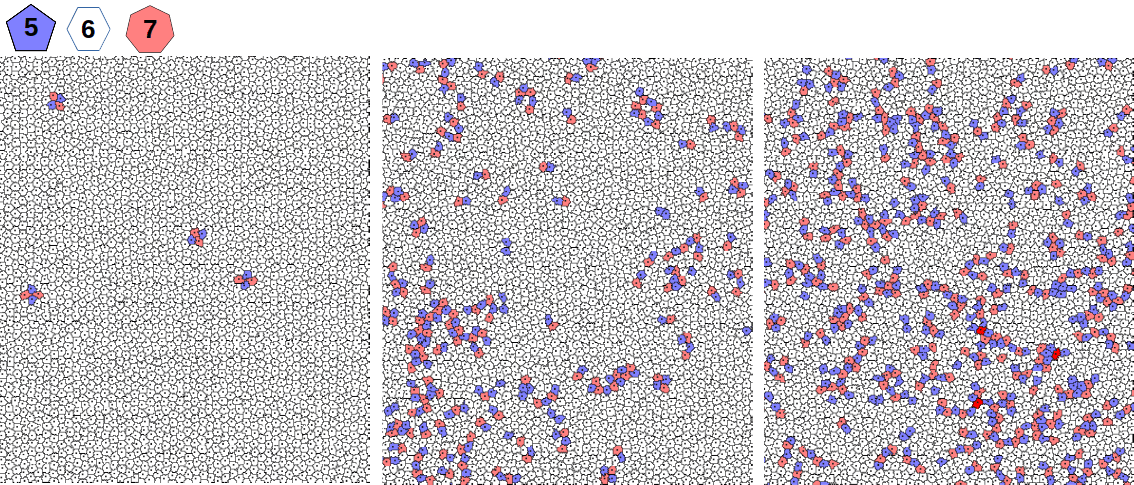
Adhesion contrast-induced cell sorting kinetics
The shape and position of biological cells evolve during morphogenesis or after disruption of their natural configuration, as in the case of wound healing. In vitro, spontaneous sorting of two mixed cell types occurs in aggregates of dissociated cells, resulting in homogeneous, coherent tissues: such sorting is a key step towards the reconstruction of functional organs. Even adult animals – such as the hydra – can regenerate from an aggregate of mixed cells of different types. Over the last few decades, it has been experimentally demonstrated that the contrast in adhesion between homotypic and heterotypic cells is the main driver of cell sorting in hydra cell aggregates. But there was no consensus on the kinetics of this phenomenon. We improved a numerical model to characterize these kinetics on unprecedented time and space scales (up to 320,000 cells evolving over 6 × 10^6 MCS). This study showed that the temporal evolution of the size of homotypic cell aggregates grew according to an algebraic law whose exponent was characteristic of kinetics dominated by the coalescence of rounded clusters, putting an end to the debate on the contradictory results obtained in smaller systems.

Read more
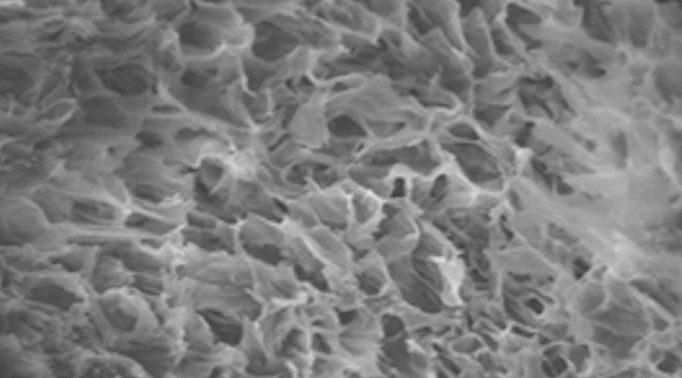
Internship/PhD on Hydrogels for adsorption of toxic metals
Proposal for master internship/PhD Hydrogels and composites with optimal efficiency and minimal environmental impact for adsorption of toxic metals The increasing demand for water due to technology and industrial activity has led to the use of hydrogels to treat...
Postdoc on the acoustics of membrane materials
As part of the Membranes project, the MSC laboratory is carrying out experimental research into the acoustic properties of membrane media, i.e. media whose internal structure contains thin layers of materials that can provide an original elastic response [1]. Examples...
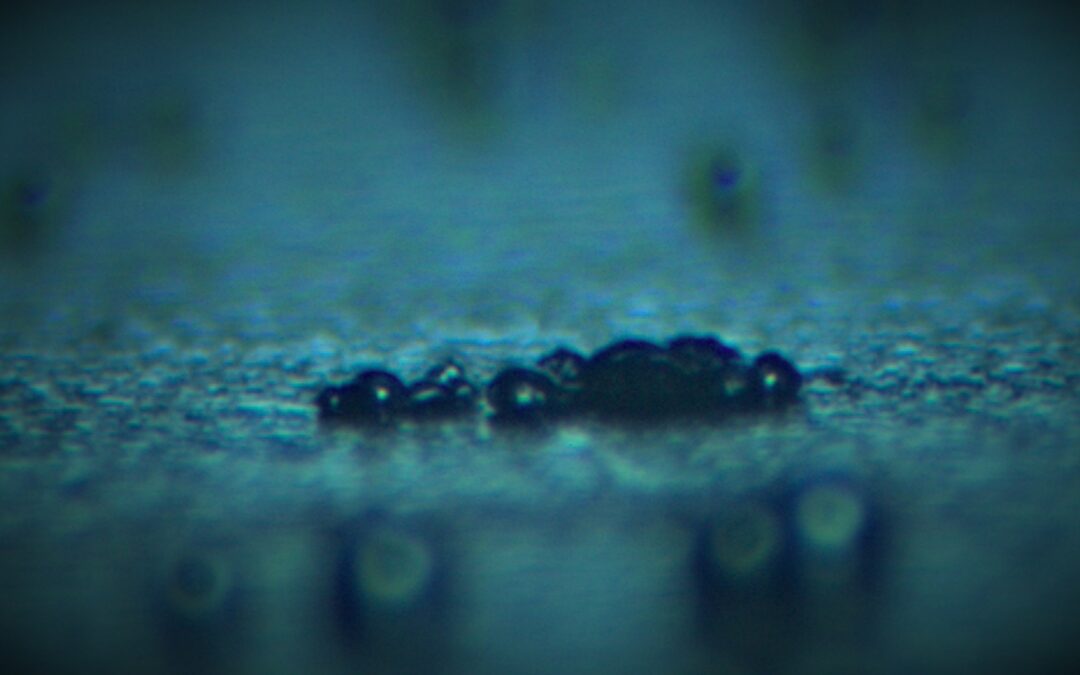
Postdoc on heterogenous cavitation
We are looking for a post-doc to join our research team and perform experiment on heterogeneous cavitation to explore the origin of cavitation nuclei. The apparition of macroscopic bubbles inside a liquid either by boiling when temperature increases, from cavitation...
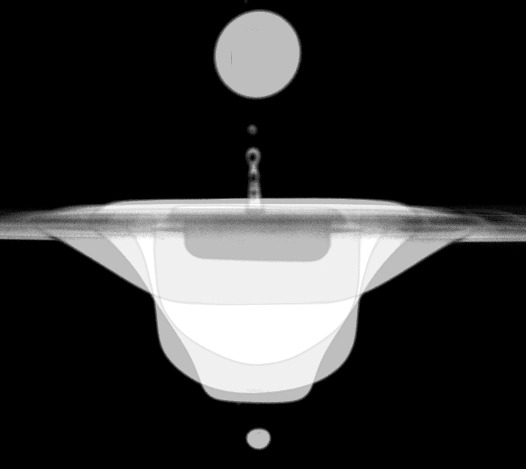
Bubble entrapment by drop impact
Only under certain conditions does a drop falling onto a bath entrap an air bubble. We propose a phenomenological law that describes these bubbling conditions in terms of Froude, Weber, and capillary numbers.Figure. Superimposed images of a drop and the cavity it...
